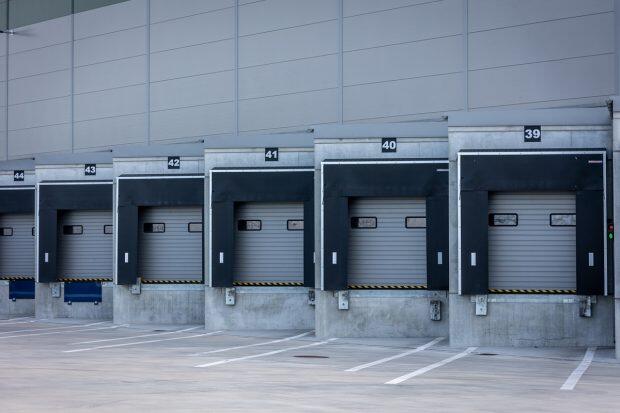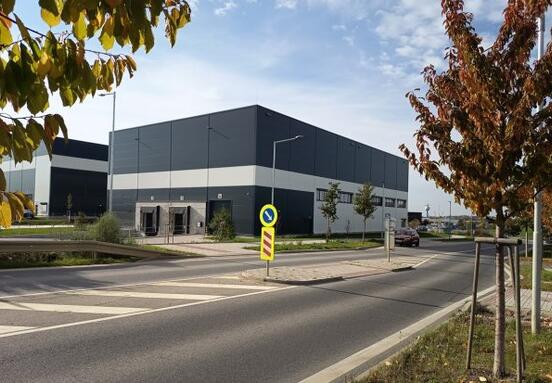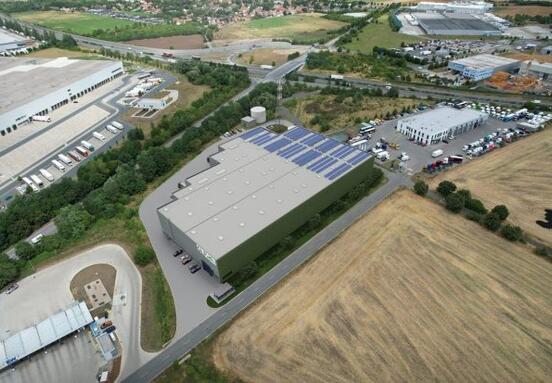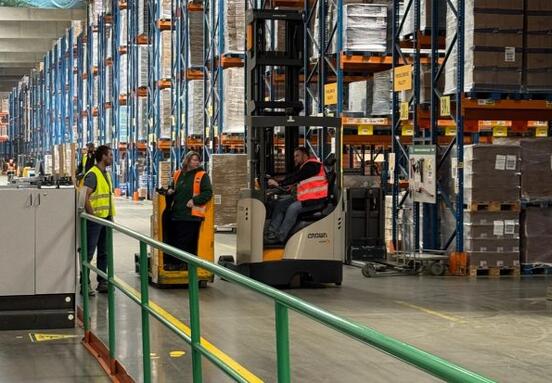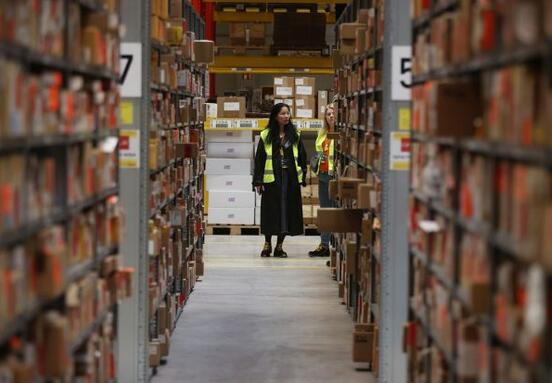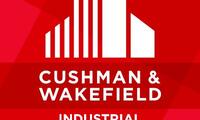According to Cushman & Wakefield’s Trump 2.0: The First 100 Days analysis, US tariffs and trade policies are expected to impact global markets, which may lead to a shift in production closer to home markets.
The European real estate market has started the year on a stable note. Companies are still showing interest in leasing and investors are gradually returning. In addition, more and more companies are moving production closer to home to avoid the complications associated with importing from distant countries. This trend represents an opportunity for the Czech Republic, which, thanks to its strategic location and developed infrastructure, can attract new investments in industrial and logistics real estate.
Despite the harsh reversal in US trade policy under President Trump, Cushman & Wakefield’s underlying economic outlook remains optimistic. The European market is expected to remain resilient, although slower growth is expected in 2025 than initially expected. Stronger growth is expected from 2026.
Price resilience
Since central banks began raising interest rates in 2022, capital values have fallen for seven consecutive quarters – office real estate has lost around 22%, retail 16% and logistics 12%. However, in Q4 2023, capital values have increased by 5-6% across sectors. Cushman & Wakefield’s base case scenario, which takes into account the prevailing economic outlook, inflation trends and developments in government bond yields, predicts a more sustained recovery and cumulative capital values of more than 9% across all property types over the next two years.
More room for defence and investment
Europe’s shift from austerity to more expansionary fiscal policies represents a key change in economic strategy. Higher public spending, including on defence, is intended to support aggregate demand and provide a new impetus for growth. In response to geopolitical tensions, notably the war in Ukraine and uncertainty in transatlantic relations, EU member states are easing budgetary rules to boost investment in defence, infrastructure and the energy transition.
“With inflation close to the inflation target and further ECB rate cuts expected, financial conditions are likely to ease further. This should lower borrowing costs, boost investment and consumption and support economic growth – providing a significant upside to the eurozone outlook. A more supportive macroeconomic environment will improve investor sentiment, leading to increased capital flows into European commercial real estate and increased demand across sectors,” says Sukhdeep Dhillon, Head of Forecasting, EMEA, Cushman & Wakefield.
Rising construction costs: existing properties to benefit
Tariffs on key construction materials such as steel and aluminium are likely to put additional pressure on project budgets. Developers may therefore delay, scale back or cancel some of their projects. The impacts will vary by property type. Industrial and data centres, which generate higher yields and stronger rental growth, are likely to be better prepared to absorb the increased costs. Conversely, office and retail properties will see more renovations of existing properties rather than new construction.
“Any reduction in new supply is likely to put pressure on rents in high-demand sectors such as logistics and premium offices. Existing commercial properties in particular stand to benefit,” adds Kamila Breen, Head of Market Research at Cushman & Wakefield.
Defence spending provides a boost to manufacturing
Increased defence spending can boost European industry, create new jobs and support overall economic growth. The expansion of government and defence agencies is also expected to boost demand for offices. Given that the defence sector is often associated with innovation in technology and engineering, the growth in spending could also lead to increased demand for specialist offices and laboratories.
“Trade barriers will encourage companies to move production closer to home, leading to long-term demand for domestic industrial real estate through onshoring and nearshoring strategies. Regardless of the impact of tariffs, it is essential for manufacturers to diversify their supply chains as a prudent risk management strategy,” notes Sukhdeep Dhillon.
Opportunities for European investors
The recent weakening of the dollar against the euro may limit capital flows from the US to European real estate. Conversely, rising global uncertainty is driving investors towards safer and more liquid assets, which is supporting demand for European government bonds for now. If investors start to focus more on less liquid but relatively safe assets, European commercial real estate could benefit, despite their higher prices. While US investors reassess their global strategies, domestic investors in Europe may find new opportunities for their capital.
